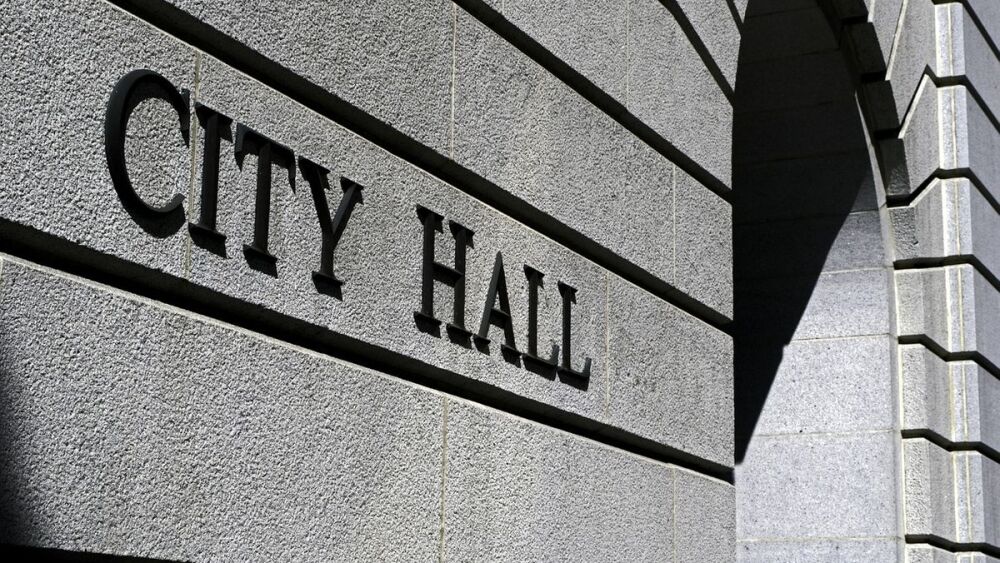By Eric Jaffe
CityLab
From a traffic engineering perspective, one-way streets are all about speed. Without the danger of oncoming traffic, one-way streets can feel like an invitation to hit the gas. But swift traffic flow isn’t the only factor by which progressive cities judge their streets, and as safety and livability become more important, a number of metros have found the case for converting one-way streets into two-way streets a compelling one.
Count Louisville among the believers. In 2011, the city converted two one-way streets (Brook and 1st) in the Old Louisville part of town. Though originally designed as two-way streets, Brook and 1st became one-way after World War II, in keeping with the car-first engineering of the time. In championing the change, local official David James cited the need for calmer streets and economic development.
A pair of planning scholars has evaluated just how well the safety and economic claims held up following the street conversions. In a word: very. William Riggs of California Polytechnic State University and John Gilderbloom of the University of Louisville report that compared with nearby, parallel streets that remained one-way (2nd and 3rd), Brook and 1st experienced fewer collisions, less crime, and higher property valuations.
Read full coverage here.


